
- Wood From Original
- Artist
- African Artists (3)
- Charles A. Morris (3)
- Charles Messina (3)
- Dick Libby (3)
- Doug Hunt (2)
- Elena Kotliarker (3)
- Georges Roualut (6)
- Kasamatsu Shiro (3)
- Kato Teruhide (4)
- Kazuhara Teru (2)
- Kono Bairei (3)
- Madeline Wood (7)
- Osuga Yuichi (2)
- Paul Hedrich (3)
- Purvis Young (5)
- Rob Vetter (7)
- Steve Keene (8)
- Taylor (tj) Lynde (9)
- Unknown (67)
- Unsigned (3)
- ... (3985)
- Format
- Signed By
- Size
- 12\ (2)
- 17 X 23cm (3)
- 3.5 X 4 In (2)
- 32 X 13cm (3)
- 36.5 X 24cm (9)
- 53 X 42cm (3)
- 8” (3)
- Assorted (2)
- Full (2)
- Giant (over 60in.) (6)
- King (3)
- Large (71)
- Large (up To 60in.) (28)
- Medium (133)
- Medium (up To 36in.) (122)
- Mittel (2)
- See Description (2)
- Small (49)
- Small (up To 12in.) (33)
- Standard (2)
- ... (3651)
- Style
- Abstract (32)
- Americana (80)
- Antique (48)
- Art Deco (40)
- Asian (20)
- Black Forest (33)
- Country (23)
- Folk Art (61)
- French (31)
- Impressionism (24)
- Mid-century Modern (54)
- Modern (19)
- Naive, Primitive (63)
- Realism (47)
- Rustic / Primitive (15)
- Traditional (21)
- Tramp (18)
- Victorian (35)
- Vintage (20)
- Wood Block Prints (40)
- ... (3407)
- Unit Of Sale
Rare Tatanua mask from New Ireland (Neu Mecklenburg). German period, 1920's
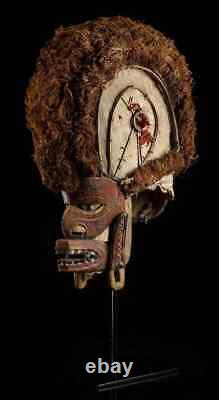
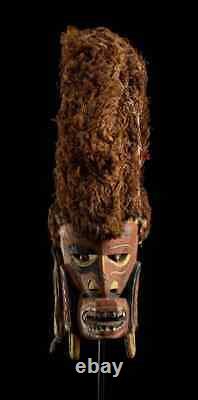
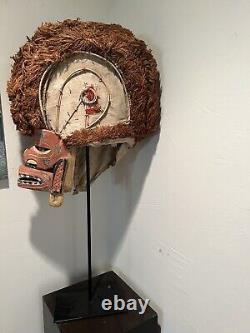
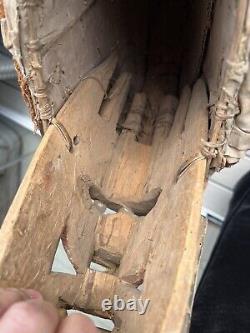
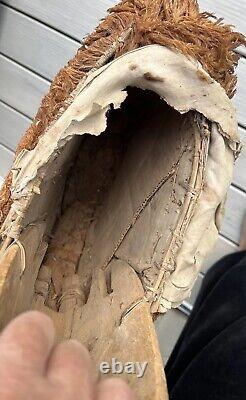
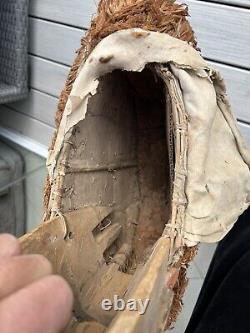
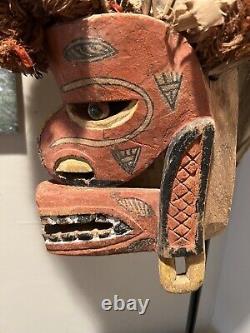
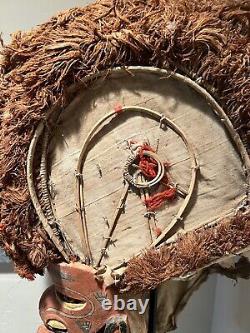
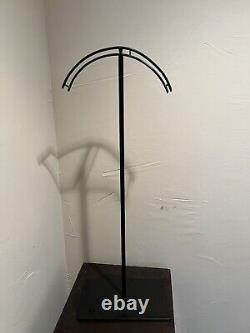


Tatanua mask from New Ireland (Neu Mecklenburg). German period, found during the 1920s. Dimensions: 58 x 46 x 16 cm.
The item was important enough that it had to be approved by the Ministry of Cultural Affairs to leave the country. I had to wait a year before everything was approved.
I have those documents from Rome that will be included. The ones that are 19th Century can easily sell for. You may see some available today that are really made for the tourist industry. Although nice, most of those were never danced and have little to no age. This one is old and definitely was used.Since I have unexpected bills. Folks, this is a real looker and the highlight of any S.
Tatanua face masks are normally carved from lime wood and completed and decorated with fibres from sugar cane, wool and other animal hair. The face is coloured using chalk and other natural dyes. The type with a high headdress are created using a cane framework that was formerly then covered in bark, although later imported fabric was used as the covering. Besides the fabric, some masks also included imported optical brighteners, which made some nominally white areas slightly blue.
The masks are frequently identifiable by the pierced ear lobes and prominent mouth, which is normally carved as if the mouth is open. The masks can also be identified by the asymmetrical hair design: the mask is left bare of hair on one side to mimic how a New Ireland man would shave his head to show that he was in mourning. Please note that the custom stand is not included.

